
11) Battery Harris
Updated: November 11, 2005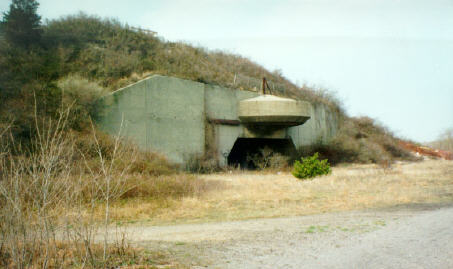
Battery Harris (East)
(1999 Photo)


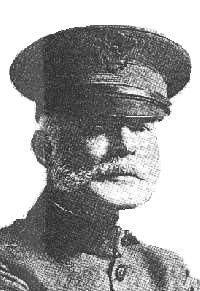 Henry L. Harris Photo courtesy of USMA |
Background: Named after Henry Leavenworth Harris, Battery Harris was the largest and most impressive gun battery in Fort Tilden. The two Model M1919MII 16-inch guns made the fort one of the most powerful fortifications in the world. |
| Together with a similiar gun battery in the Navesink Highlands of New Jersey named Battery Lewis (two 16-inch model M1919 MK XI M1 guns on barbette carriages model M4) on the opposite side of the New York Harbor, these powerful guns provided a field of fire that extended far beyond the New York Harbor along the shores of Eastern Long Island and Northern New Jersey. |
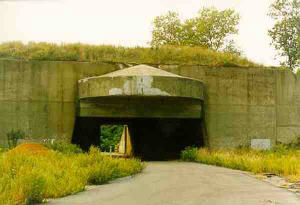 Battery Lewis, Atlantic Highlands MR. Photograph by Tom Page of The Online Air-Defense Radar Museum, http://www.radomes.org/museum/ -- Copyright 1998, All Rights Reserved. Used With Permission. |
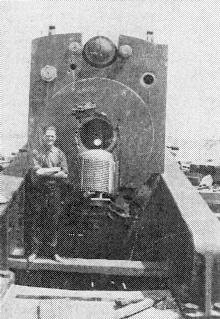
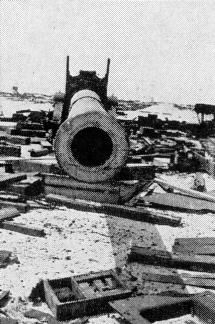
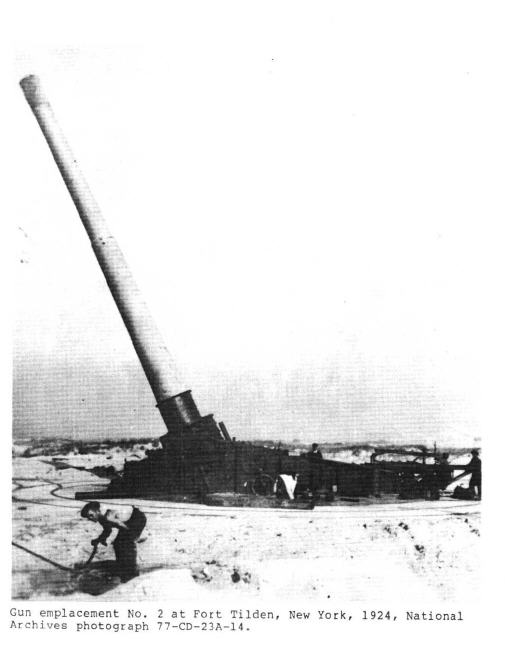
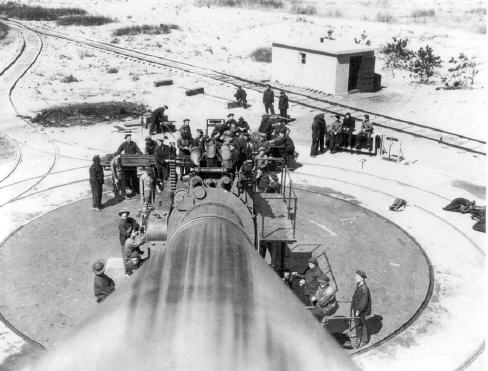
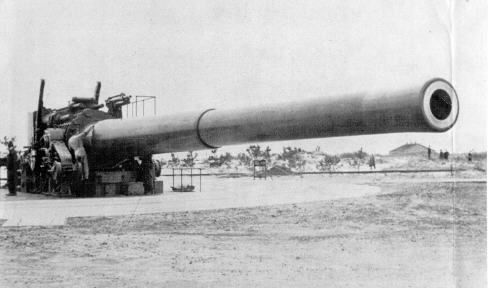
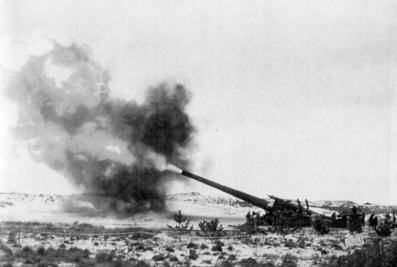
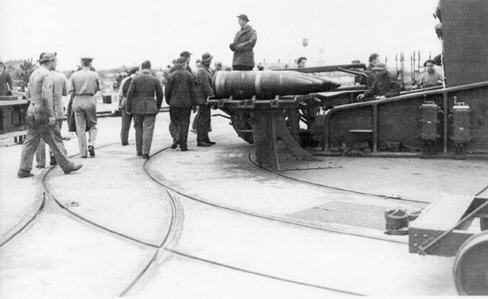
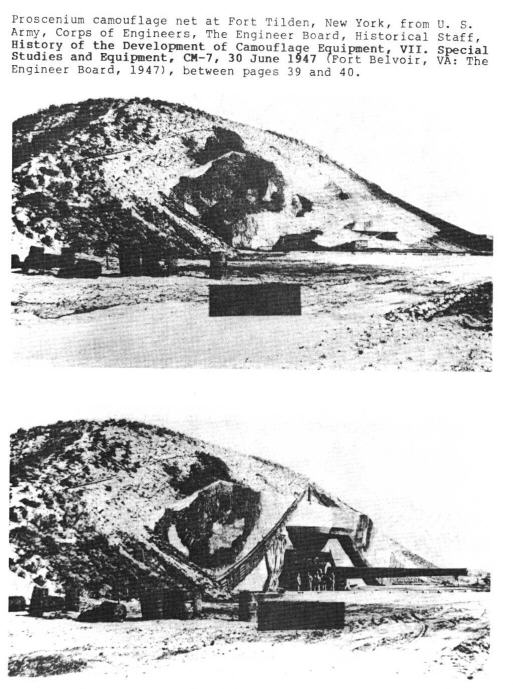
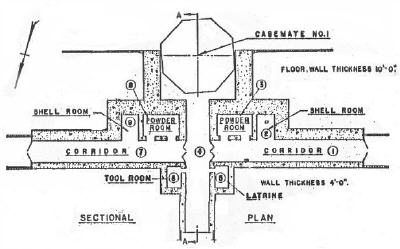
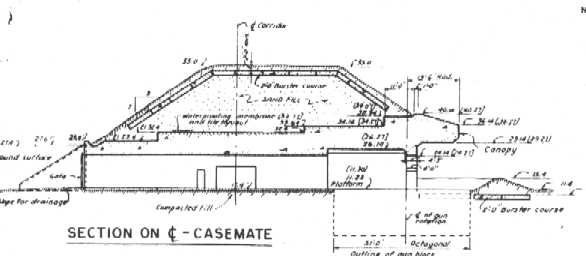
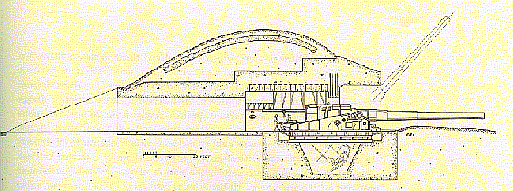
| No. | Location | Description | Assignment - Structure# |
|---|---|---|---|
| B1 | Elberon, NJ | Triple Deck Concrete | Top Left Front - 3B |
| B2 | North Long Branch, NJ | Triple Deck Concrete | Top Left Front - 4A |
| B3 | Navesink, NJ | Single Dug-In | Left Front - 7A |
| B4 | Navesink, NJ | 100' Steel (Short Beach) | Left Front - 7D |
| B5 | Seagate, Bklyn, NY | Double Deck Concrete | Top Left Front - 12B |
| B6 | Fort Tilden, NY | Double DeckConcrete | Top Left Front - 14A |
| B7 | Seaside, LI, NY | Double DeckConcrete | Top Right Front - 15A |
| No. | Location | Description | Assignment - Structure# |
|---|---|---|---|
| S1 | Elberon, NJ | Triple Deck Concrete | Top Left Front - 3B |
| S2 | North Long Branch, NJ | TripleDeck Concrete | Top Left Rear - 4A |
| S3 | Navesink, NJ | Single Dug-In | Left Rear - 7A |
| S4 | Seagate, Bklyn, NY | Double Deck Concrete | Top Left Rear - 12B |
| S5 | Fort Tilden, NY | Double Deck Concrete | Top Left Rear - 14A |
| S6 | Seaside, LI, NY | Double Deck Concrete | Top Right Rear - 15A |
| S7 | Atlantic Beach, LI, NY | Double Deck Concrete | Top Right Rear - 17A |
| S8 | Long Beach, LI, NY | Double Deck Concrete | Top Right Rear - 18A |
| S9 | Short Beach, LI, NY | Single Deck Concrete | Right Rear - 19A |
| S10 | Zach's Bay, LI, NY | 100' Steel Tower | Right - 20A |
| No. | Location | Structure # |
|---|---|---|
| R1 | Long Beach, LI, NY | 18B |
| R2 | Elberon, NJ | 3A |
| R3 | North Long Branch, NJ | 4B |
| R4 | Monmouth Beach, NJ | 5A |
| R5 | Navesink, NJ | 7D |
| R6 | Seagate, Bklyn, NY | 12C |
| R7 | Seaside, LI, NY | 15B |
| R8 | Arverne, LI, NY | 16A |
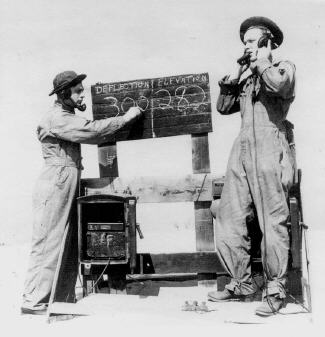
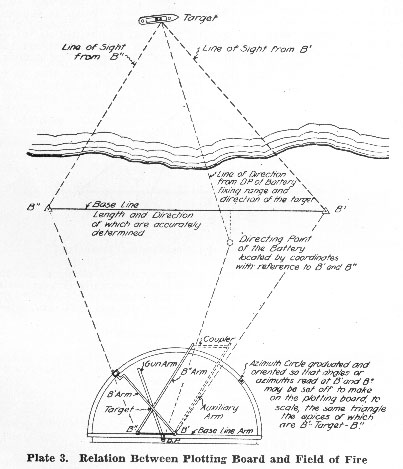
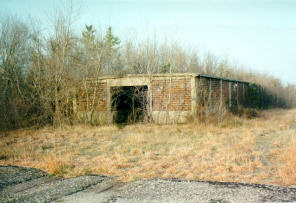
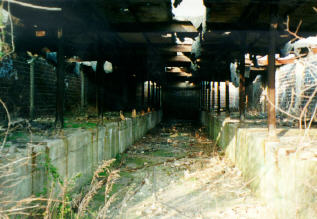
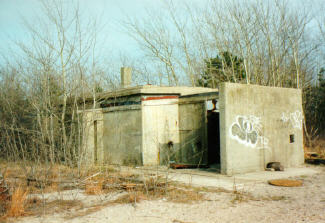
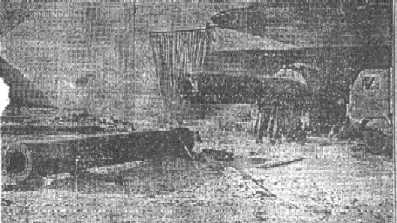
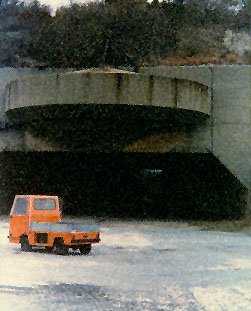
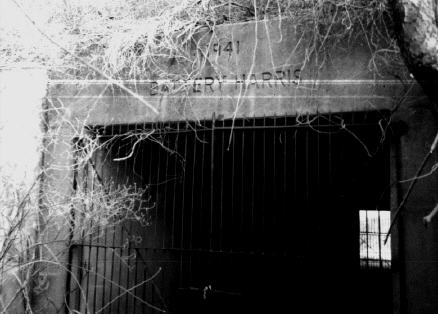
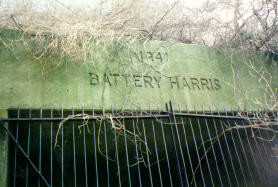
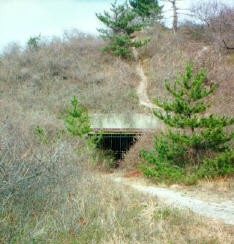
| Main Page | Next - 16 inch Gun Data | Contact Us |